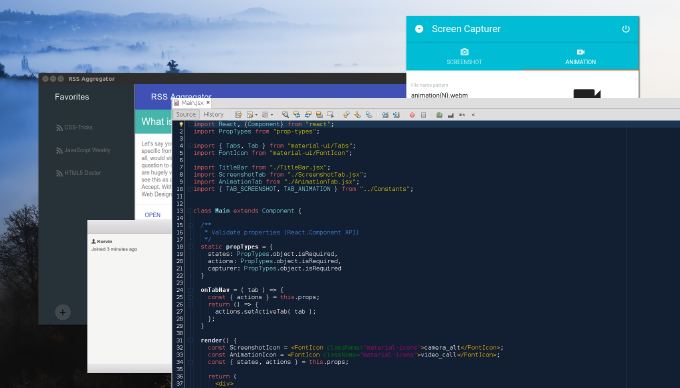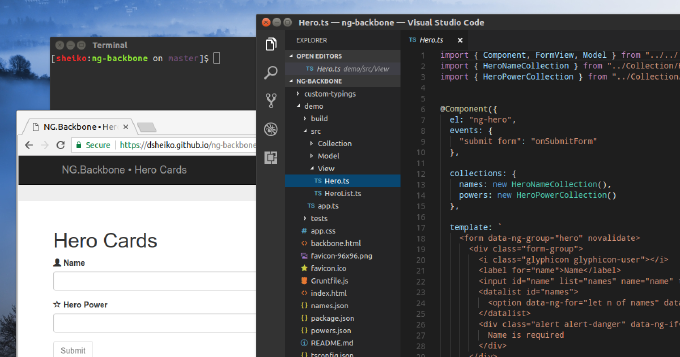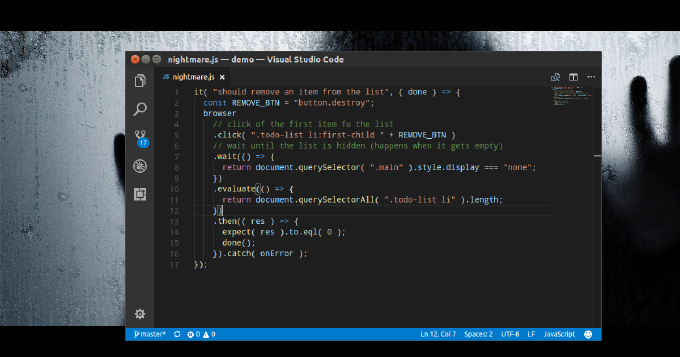Setting Up Dev Environment with Webpack 3

I observe as some people still write ancient ES5 syntax of JavaScript and it’s disheartening. I wonder what keeps them from moving forward. Some must be driven by psychological inertia, but some likely just find it to complex to make their new syntax running in a wide range of browsers. In fact, nowadays we may not fear about it anymore. One can set up a dev environment where tools decide what transformations requires the code and what polyfills to load depending on selected target (list of user agents to support).











